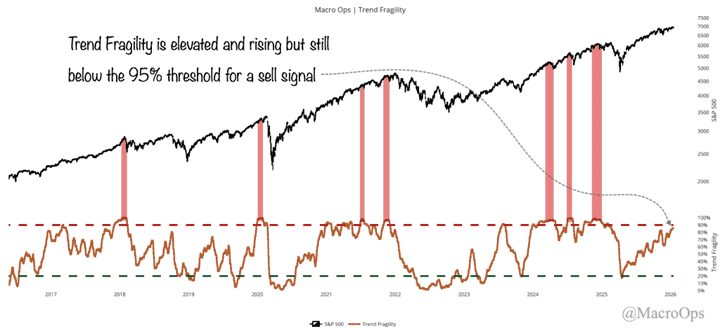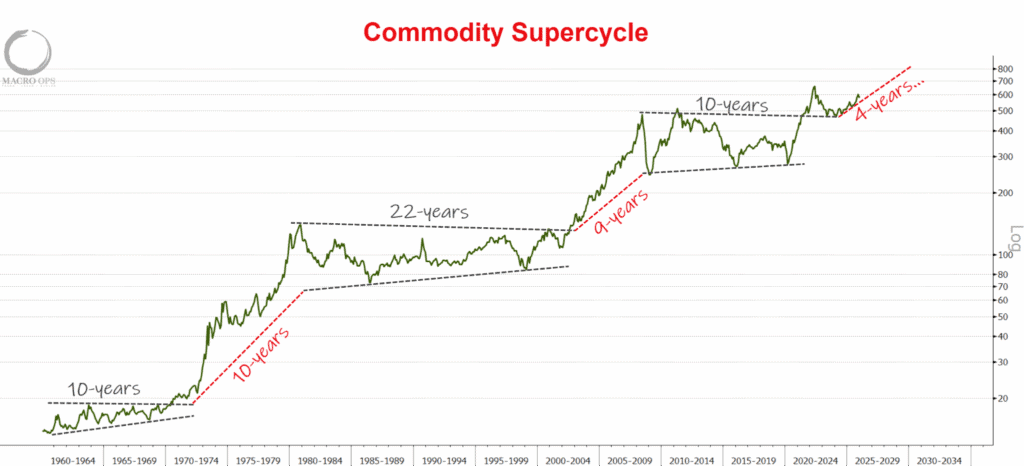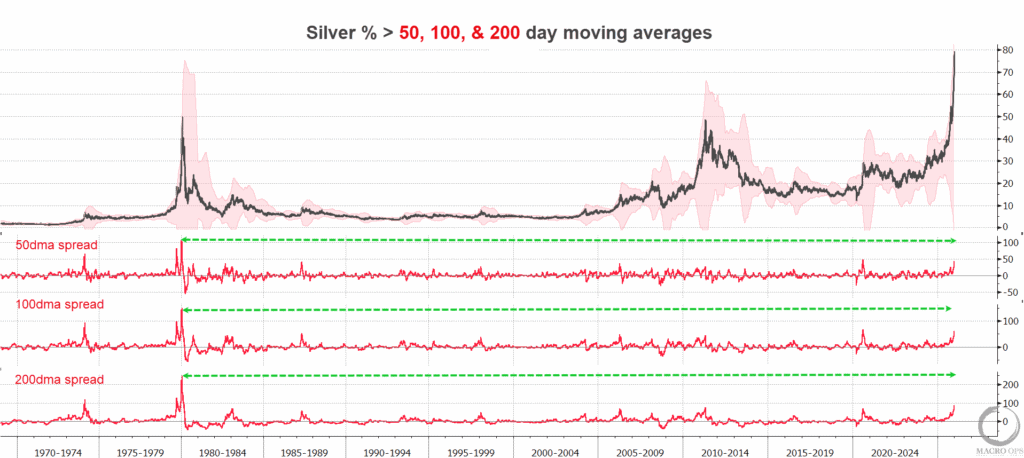“Short sellers are the market’s police officers. If short selling were to go away, the market would levitate even more than it currently does.” – Seth Klarman
Seth Klarman’s positive take stands in stark contrast to the current zeitgeist…
So are we seeing the end of short selling? The answer is a definitive no. It’s just out of fashion now, which reflects where we are in the cycle than anything else. And that’s typically the time when one wants to start looking for short opportunities.
But shorting is a different animal. It’s a Pandora’s Box of risk, emotional stress, and the constant fear that your short will issue an after-hours PR and explode into new all-time highs.
It’s not enough to find an overvalued stock or a blatant fraud. A proper shorting strategy requires tools and methods that are foreign to most long-only value investors.
This essay exposes the three common traps investors fall into when shorting stocks. Then, we invert these misconceptions to reveal a proper, bullet-proof shorting strategy. One that will help you navigate the steep decline in EV pumps, $100M+ delis, and anything Chamath throws your way.
Short selling isn’t dead; you’re just doing it wrong.
Three Common Traps Investors Fall Into Short Selling
Trap 1: Shorting creates the potential for “infinite losses.”
On the surface, the statement is true. There is no upper bound to how high a stock can trade. But that’s only true if you don’t use proper risk management.
To avoid using mechanical stop-losses, investors undersize their short positions, often maxing out around 25bps of total capital. Even if you’re right on the short, a position size that small barely moves the needle.
Trap 2: Shorting only on fundamental data
Shorting on fundamental data kills more investors than a falling hardcopy edition of Intelligent Investor. In the short term, the market is a voting machine, and voters don’t care about fundamentals. They care about emotion, passion, and the desire to help change the world.
Keynes said it best when he quipped, “the market can stay irrational longer than the investor can stay solvent.”
Short-sellers can’t afford to wait as voters to turn to weighers. There are borrowing costs, dividends (if the company issues them) to cover and a market that’s constantly trying to send stock prices higher. If there is a fundamental catalyst, you better be damn right on the timing!
Trap 3: Shorting The Obvious Over The Boring
Howard Marks, the renowned Oakmark manager, once said, “There are old investors, and there are bold investors, but there are no bold old investors.”
Change a few words, and Marks’ quote strikes at the heart of the short-seller conundrum:
“There are old short-sellers, and there are bold short-sellers, but there are no old bold short-sellers.”
Investors feel the need to take “obvious” shorts like today’s frauds, pumps, and EV SPACs. The problem is everyone else knows they’re frauds, which creates higher short interest and more significant pain during a short squeeze.
To review, the investor’s three common traps when shorting are:
- The danger of “infinite losses” keeps investors away
- Shorting only on fundamental data
- Shorting the obvious frauds, pumps, and zero-revenue SPACs
By just avoiding those three traps, you’re on your way to being a better short-seller than 95% of market participants.
Invert, Always Invert: Three Ways To Enhance Your Short Game
Rule #1: Proper risk management creates asymmetry
Risk management is the lifeblood of a proper short-selling strategy. You should know where you’re exiting before you put on the short trade. Do this by setting physical stop-losses when you enter the sell order.
For example, say you short company $XYZ at $10/share with a stop-loss at $12/share. That $2/share difference is your actual dollar risk.
A golden rule for traders is to risk no more than 1% of your portfolio NAV on any individual short position ($100 on a $10,000 portfolio). Risking 1% allows you to take many shots on goal without depleting your capital.
By knowing our maximum loss, we create positive asymmetry on every trade.
Rule #2: Charts over fundamentals
The best short trades execute without emotions or ego. We don’t want a Bill Ackman Herbalife situation.
Technical (chart) patterns are an easy way to eradicate emotion from the decision-making process. Such patterns rely on price, and the price has no feeling.
The trade-off of a price-first approach is that you can get stopped out with your thesis intact. Given a choice, we’d prefer to exit with a slight loss and our capital than be right and get margin called.
Combining technicals with deteriorating fundamentals enables an investor to have greater confidence in the shorts they take. A beautiful setup happens when a stock with deteriorating fundamentals shows signs of a weakening price chart.
Rule #3: Boring over obvious
As we mentioned above, obvious shorts rarely work.
Short bond-like businesses instead. Such stocks sport lower volatility and less headache. You won’t make a killing in a few days, but you’ll protect yourself from violent gap-ups.
Short the stocks you won’t see on WallStreetBets.
It’s Possible To Improve Your Shorting Results
Two factors create a winning trading strategy:
- Making more on your winners than you lose on the losers
- Generating a high enough win rate to cover the losing trades
Remember, there are old short-sellers, and there are bold short-sellers. But there are no old, bold short-sellers.
Not everyone has a short mandate, and this essay won’t apply to them. But some firms must short stocks in their portfolio.
Remember the three rules:
- Proper risk management to create positive asymmetry
- Charts/technicals over fundamentals
- Boring over obvious
Don’t make shorting harder than it has to be.










